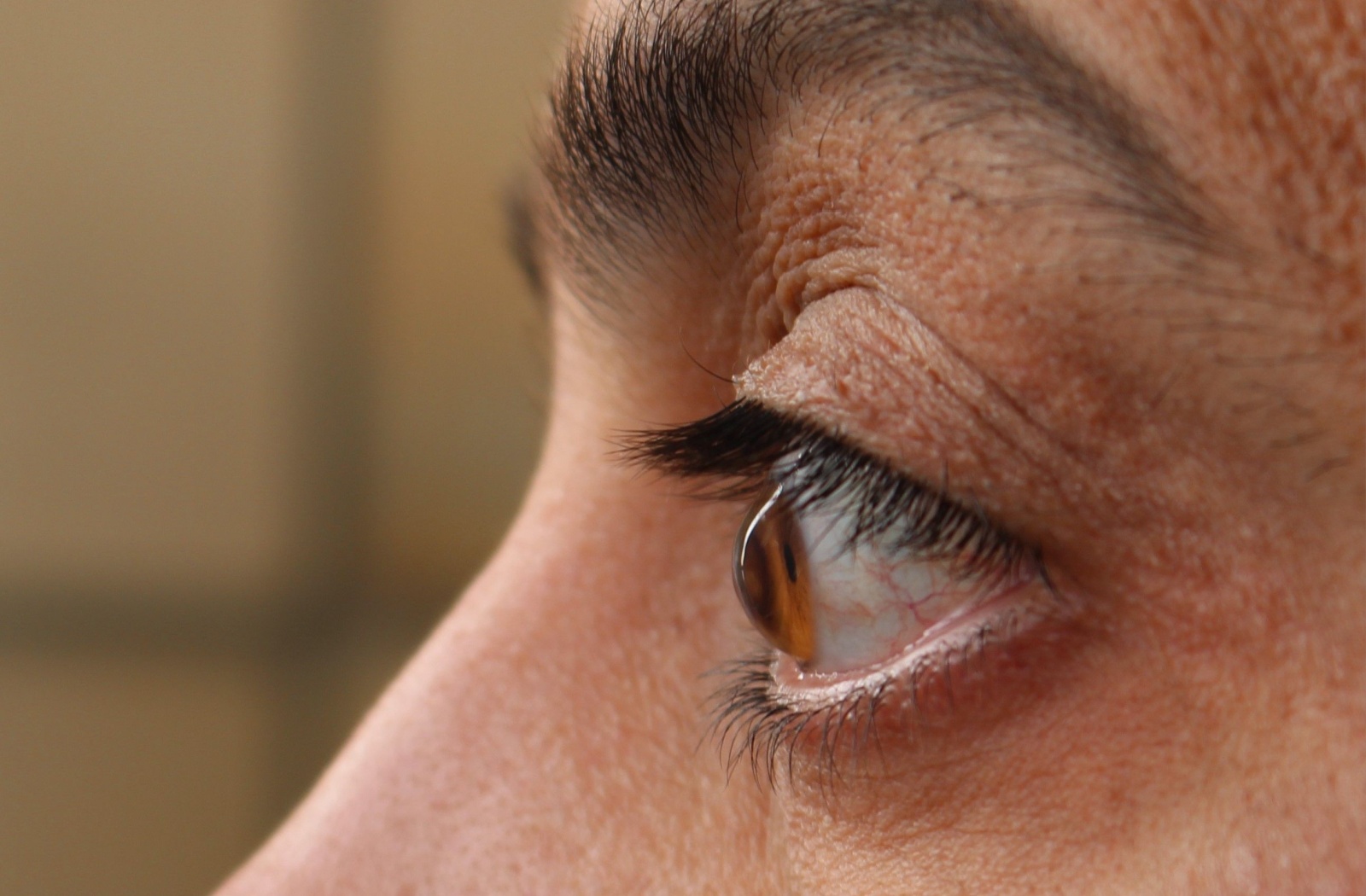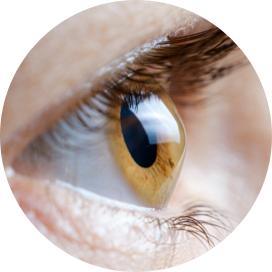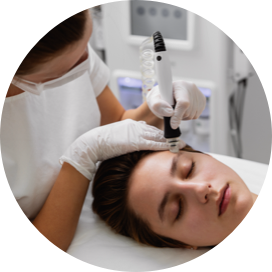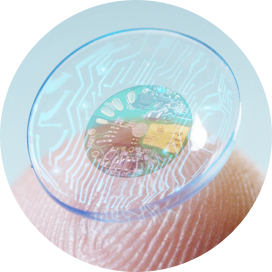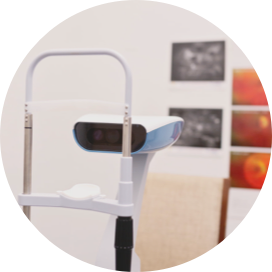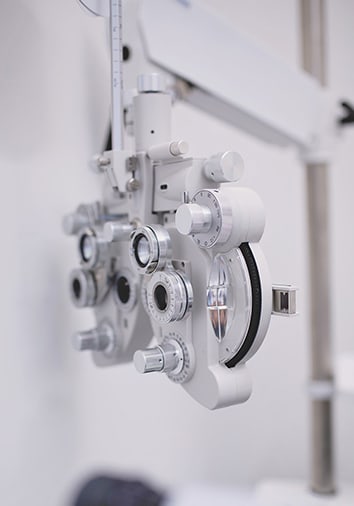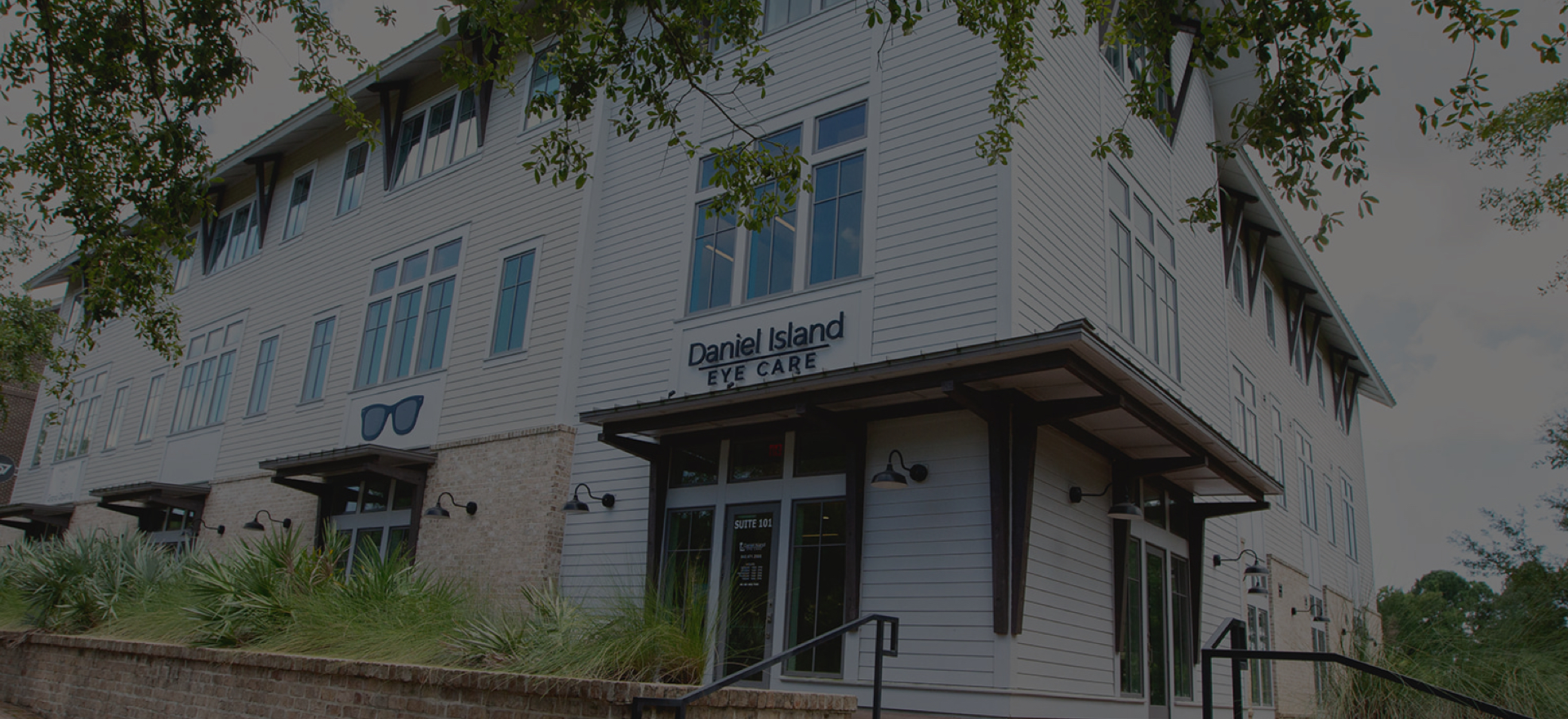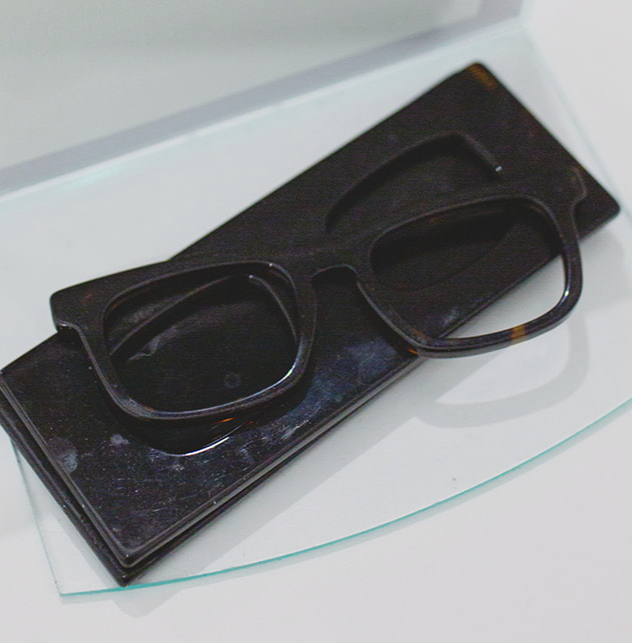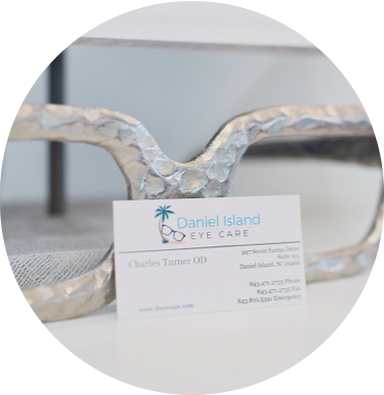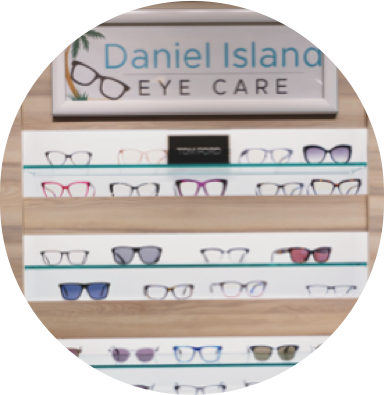When first diagnosed, keratoconus can feel overwhelming. Many people worry about its impact on their vision and daily lives. But understanding what keratoconus is, its causes, symptoms, and the treatment options available can make managing this condition much less daunting.
While there’s no outright cure for keratoconus, several effective treatment options can slow its progression and improve vision. At Daniel Island Eye Care, we understand how valuable your vision is to you. That’s why we want you to have all the information you need about specialized keratoconus treatment options and which ones might be best for you.
What Is Keratoconus?
Keratoconus is a progressive eye condition where the usually round, dome-shaped cornea gradually becomes thin and bulges outward into a cone-like shape. This irregular shape causes vision problems because of how it causes light to focus on the back of your eye. But don’t worry—with proper management, your eye doctor can help protect your vision.
Symptoms & Diagnosis of Keratoconus
Symptoms of keratoconus can vary depending on the severity of the condition. Early signs to watch for include:
- Blurry or distorted vision
- Increased sensitivity to light and glare
- Frequent changes in eyeglass prescriptions
- Difficulty driving at night
- Double vision or ghosting (seeing multiple images of a single object)
We will typically diagnose keratoconus through a comprehensive eye exam. Using specialized tools like the Eaglet Eye ESP, we’ll map the shape of your cornea to detect any irregularities.
Causes & Risk Factors
The exact cause of keratoconus remains unknown. However, experts believe it could be linked to a combination of genetic, environmental, and lifestyle factors. Some common risk factors include:
- Genetics: If someone in your family has keratoconus, you may be at higher risk
- Eye rubbing: Habitual eye rubbing could increase your risk
- Underlying conditions: Certain medical conditions are more prone to keratoconus
Can Keratoconus Be Cured?
This is the big question—and the answer is “no,” not yet. However, several effective treatments can slow its progression and significantly improve vision. With the right treatment plan, it’s possible to effectively manage keratoconus and maintain excellent functional vision.
Non-Surgical Management Techniques
Not all cases of keratoconus require surgical intervention. This is especially true in the condition’s early stages. At Daniel Island Eye Care, we offer non-surgical solutions to help our patients see clearly.
Scleral Lenses
Scleral lenses are designed to fit over the misshapen cornea, providing a smooth surface for light to focus correctly on the retina. These can even be an option for clear vision for more advanced cases of keratoconus.
Eyeglasses
For mild keratoconus, prescription eyeglasses may be sufficient to correct vision in the early stages.
Hybrid Lenses
Hybrid contact lenses combine the clarity of rigid contact lenses with the comfort of soft contacts, providing an excellent solution for people who struggle with traditional lenses.
Surgical Treatment Options for Keratoconus
Sometimes, surgical treatments are the answer for advanced cases of keratoconus. Treatments are tailored to meet each patient’s unique needs and can range from minimally invasive options to surgical interventions.
Corneal Cross-Linking (CXL)
Corneal cross-linking is one of the most effective treatments for halting keratoconus progression. Approved by the FDA, this minimally invasive procedure strengthens the cornea by applying vitamin B2 (riboflavin) eye drops and using controlled exposure to UV light.
The procedure creates new cross-links between collagen fibers in your cornea, making it stiffer and resistant to further bulging. While CXL doesn’t reverse keratoconus or improve vision on its own, it’s effective at preventing further vision deterioration.
Corneal Rings (Intacs)
Small, crescent-shaped implants are placed in the cornea to reduce its cone-like shape and improve vision.
Corneal Transplants
In advanced cases where other treatments are ineffective, a full or partial corneal transplant may be required to restore clear vision.
Depending on the severity of keratoconus, these surgical options aim to either correct the cornea’s irregularities or replace it entirely with healthy donor tissue.
Living with Keratoconus
Living with keratoconus can initially feel intimidating, but most people lead full and active lives with the proper management strategies. Here are a few tips to make life with keratoconus a bit easier:
- Follow your doctor’s advice and attend regular eye exams to monitor your condition
- Use protective eyewear to avoid eye injuries
- Avoid rubbing your eyes, as this can exacerbate the condition
Discuss Keratoconus Treatment with Us
If you or someone you know has been diagnosed with keratoconus, it’s vital to take action sooner rather than later. At Daniel Island Eye Care, we’re here to guide you every step of the way. From prescription eyeglasses to innovative specialty lenses, we’ll create a personalized care plan to protect your vision and fit seamlessly into your lifestyle.
Request an appointment with us today and take the first step towards clearer vision and greater peace of mind.

